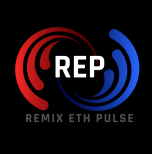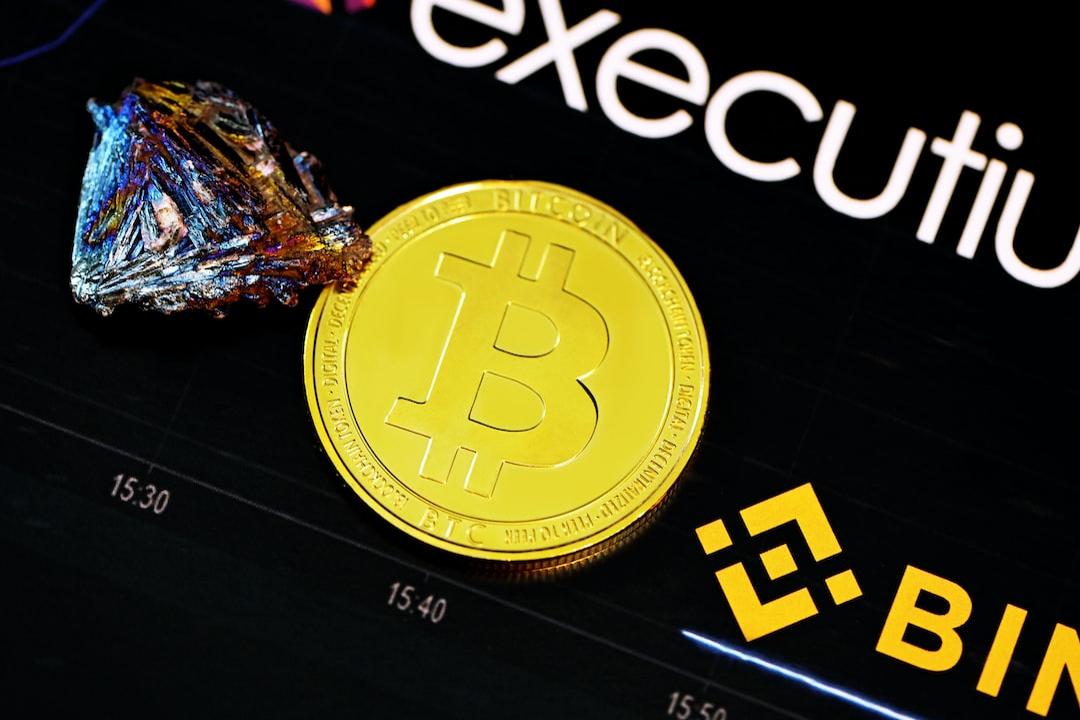What Happened?
The stablecoin giant Circle saw its stock price soar 168% on its first day of trading on the New York Stock Exchange, successfully raising nearly $1.1 billion. This demonstrates strong market confidence in the company and its core product, the USDC stablecoin. This is not only a significant victory for Circle but also signals the onset of a rapid development golden age for the stablecoin industry, especially against the backdrop of a more favorable attitude from the U.S. government towards cryptocurrencies. Analysts even predict a tenfold growth within the next five years.
Currently, USDC is the second-largest stablecoin by market capitalization, trailing only behind Tether’s USDT. However, its issuer Circle, along with strategic partner Coinbase, holds high ambitions for its future. Coinbase’s CEO has explicitly stated that their “grand goal is to make USDC the number one stablecoin,” highlighting the determination of both companies to expand their market presence.
Circle’s successful IPO is not a coincidence; its co-founder and CEO emphasized the company’s long-standing focus on regulatory compliance. As stablecoins gradually gain recognition as viable financial instruments by banks and payment companies, and receive more attention at the governmental level, Circle’s listing sets an important milestone for the integration of the cryptocurrency industry into the mainstream financial system.
Strong Market Debut for Circle
Circle Internet Group, the stablecoin issuer, recently made its debut on the New York Stock Exchange (NYSE) with the stock code CRCL, experiencing impressive trading performance on its first day with a stock price surge of 168%. This marks a significant milestone for Circle and reflects the growing interest in the stablecoin business and the increasing political support for the cryptocurrency industry in the U.S.
In this IPO, Circle successfully raised nearly $1.1 billion. The company priced its shares at $31 each, well above the expected range of $27 to $28 earlier this week and the initial range of $24 to $26 from the previous week.
Circle’s stock price skyrocketed on its first trading day, with unusually active trading reflecting the market’s strong enthusiasm and demand for the company. The opening price was $69, reaching a high of $103.75 during the day and closing at $83.23, representing an increase of 168.48% from the IPO price. The trading volume for the day was approximately 46 million shares, far exceeding the number of freely tradable shares.
Circle’s Previous IPO Attempt
Prior to this successful IPO, Circle had previously attempted to go public through a special purpose acquisition company (SPAC), which ultimately failed due to regulatory issues. This successful IPO not only reflects its current issuance market value of approximately $6.8 billion but also considers the potential higher valuation after future share conversions, which could reach around $22.1 billion, indicating the market’s high expectations for its future growth while also suggesting the potential risk of equity dilution behind it.
USDC Maintains Its Position as the Second-Largest Stablecoin
Jeremy Allaire, co-founder and CEO of Circle, stated that to achieve the company’s vision, they have established relationships with governments and policymakers. For stablecoins to become mainstream, they must operate within mainstream society and require clear regulations.
He emphasized that Circle has always been one of the most licensed, regulated, compliant, and transparent companies in the industry.
In the current environment of a friendly U.S. government attitude towards cryptocurrencies, the cryptocurrency industry is enjoying new political advantages. Particularly in the stablecoin sector, expectations are rising for Congress to pass stablecoin legislation this summer, fueling increased demand in the stablecoin field. Wall Street analysts predict that the stablecoin market could grow tenfold in the next five years, creating a trillion-dollar market opportunity.
Circle was founded in 2013 in Boston, primarily targeting consumer payments, cryptocurrency wallet, and trading services, and became one of the first companies to obtain a BitLicense from the state of New York in 2015.
“BitLicense”: This is a license and regulatory framework launched by the New York State Department of Financial Services (NYDFS) in 2015 for cryptocurrency business activities. In short, it is an operating license that all companies conducting virtual currency-related businesses in New York State must obtain.
In 2018, Circle partnered with Coinbase to launch the USDC stablecoin pegged to the U.S. dollar through the Centre Consortium. In 2023, they dissolved the Centre, with Circle taking on the responsibilities of USDC, while Coinbase acquired a minority stake in Circle. The two companies also signed a revenue-sharing agreement for the USDC stablecoin, with Coinbase CEO Brian Armstrong stating that their “grand goal is to make USDC the number one stablecoin.”
Centre Consortium: This is an independent entity or consortium co-founded by Circle and Coinbase in 2018. The initial vision was for Centre to be responsible for the governance, technical standards, and transparency of USDC, ensuring compliance with its U.S. dollar reserves and allowing more participants to issue USDC to promote its broader adoption, aiming to become an open, non-profit stablecoin standard setter.
Circle’s Compliance Journey and Industry Development Trends
Currently, USDC is the second-largest stablecoin in the market, trailing only behind Tether’s USDT. As of June 3, 2025, the market capitalization of USDC has grown over 40% from $43.7 billion at the beginning of the year to $61.5 billion, surpassing $62 billion in April. In contrast, Tether’s USDT has a market capitalization of approximately $153.9 billion.
The value of stablecoins is typically pegged to another asset (usually the U.S. dollar). Historically, they served primarily as a bridge currency for traders between fiat and cryptocurrencies. However, with the Trump administration repealing the cryptocurrency policies of the Biden era and the anticipation of relevant regulations being established and passed, interest from banks and payment companies in stablecoins is growing.
Beyond cryptocurrency trading, the efficiency and lower costs that stablecoins bring to remittances, business-to-business payments, and e-commerce are also attracting interest from non-traditional cryptocurrency users. Additionally, the rhetoric surrounding stablecoins maintaining the dollar’s dominance is becoming increasingly prominent, partly because nearly all dollar-denominated stablecoins are backed by U.S. government debt, ensuring demand for U.S. government debt.
Circle’s IPO garnered enthusiastic support from investors, with oversubscription reported. According to reports, the world’s largest asset management company, BlackRock, has also expressed interest in acquiring 10% of the IPO shares, while Cathie Wood’s ARK Investment is reportedly interested in purchasing $150 million worth of Circle stock.
Circle’s CEO Allaire announced the company’s listing on the New York Stock Exchange on X, stating that this is “an important and powerful milestone” and believes that “the world is ready to begin upgrading and transitioning to an internet financial system.”
Reference: cointelegraph, cointelegraph, cnbc

